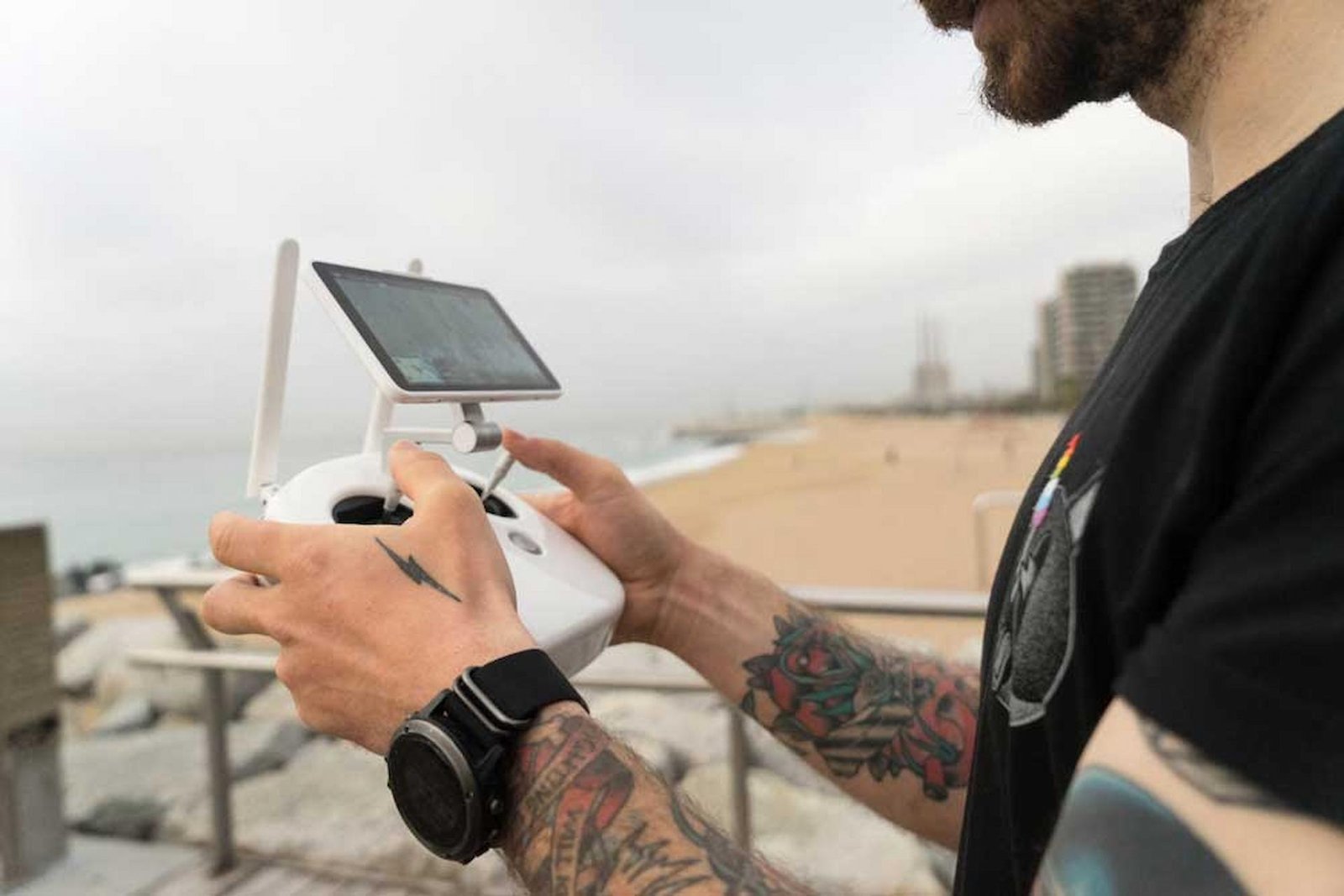As technology extends its reach into some of the world’s harshest landscapes, the need for robust protection of outdoor electronics has never been greater. From telecommunications towers on icy mountain peaks to smart sensors in desert heat, today’s devices must withstand conditions that push materials and engineering to their limits. The evolution of outdoor electronics enclosures for extreme environments is transforming how we safeguard equipment, blending innovation, sustainability, and resilience into every design.
1. Next-Generation Materials: Strength Meets Sustainability
The future of enclosure technology lies in material science. Traditional metals, such as aluminum and stainless steel, are being re-engineered with advanced coatings to resist corrosion, UV exposure, and chemical abrasion. Meanwhile, composite materials and reinforced polymers are emerging as strong, lightweight alternatives. These new compounds deliver exceptional thermal stability and impact resistance, making them ideal for long-term outdoor use.
Sustainability is also reshaping production. Recyclable materials, lower-carbon manufacturing, and eco-friendly finishes are now integral to enclosure development, ensuring protection without compromising the environment.
2. Intelligent Design: Form Driven by Function
Tomorrow’s outdoor enclosures won’t just be rigid, they’ll be smart. Engineers are incorporating intelligent ventilation systems, moisture control membranes, and modular configurations that adapt to changing requirements. Precision-engineered seals and gasket systems keep out dust and water while allowing heat to dissipate effectively, maintaining optimal internal conditions even in fluctuating climates.
Design innovations also emphasise accessibility. Tool-less entry systems and integrated cable management solutions allow faster installation and maintenance, reducing downtime in critical field operations.
3. Durability and Testing: Beyond Standards
Durability is no longer about simply passing standard IP or NEMA ratings—it’s about exceeding them. Advanced testing environments now simulate decades of exposure to UV radiation, salt spray, and temperature cycling to ensure reliability in real-world applications. For industries like telecommunications, transportation, and renewable energy, failure is not an option.
This forward-thinking approach ensures that outdoor electronics enclosures for extreme environments can operate continuously in punishing conditions—from polar stations and offshore rigs to urban smart grids—without performance loss.
4. Integration and Future Readiness
As IoT and 5G networks expand, the role of outdoor enclosures evolves beyond protection. They now serve as hubs for connectivity, integrating sensors, antennas, and monitoring systems to facilitate seamless communication. Future designs will incorporate self-diagnostics and predictive maintenance capabilities, allowing systems to detect potential issues before they occur.
This seamless blend of protection and intelligence positions outdoor enclosures as key players in the global drive toward automation and connected infrastructure.
Conclusion: Built for the Challenges Ahead
The convergence of advanced materials, adaptive design, and uncompromising durability defines the future of outdoor electronics protection. As industries demand higher reliability in extreme conditions, innovation continues to drive enclosure technology forward. Companies that invest in next-generation solutions today—particularly high-performance outdoor electronics enclosures for extreme environments will ensure their equipment not only survives but thrives in the most demanding operational settings.

